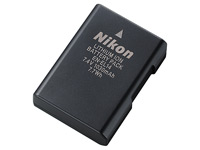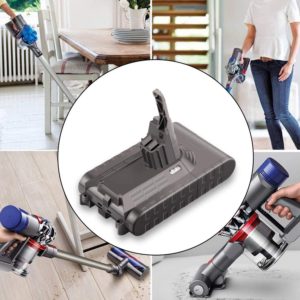When the digital camera battery indicator sits on that very last bar, many people are tempted to call “game over” on a day’s shooting.
Here are some tips to help squeeze out every last bit of juice from a camera battery pack.
Turn off the LCD screen

On some cameras, this tip won’t be possible. But if your camera is equipped with an optical viewfinder, you can conserve a small amount of power by using it to compose your images rather than relying on the LCD.
Read up in your camera documentation to find out the viewfinder’s coverage or field of view. This determines whether the viewfinder is seeing exactly the same coverage as you would when composing with the LCD.
Good battery maintenance
Travelling to a cold climate? Help your batteries last longer by keeping them warm, either in a pocket or in a bag. Some photographers even carry heat packs to wrap around the camera, although this is more to help with operation rather than extending battery life.
When storing the camera for a prolonged period of time, take out the battery, as it can drain slowly when stored inside of the body.
Power-saving modes
 Can’t turn off the LCD screen? Deep within your camera menus, there may be power-saving options that can help conserve NIKON EN-EL3 Camera Battery. These range from sleep modes, which will turn the camera off after a period of inactivity, to LCD brightness options.
Can’t turn off the LCD screen? Deep within your camera menus, there may be power-saving options that can help conserve NIKON EN-EL3 Camera Battery. These range from sleep modes, which will turn the camera off after a period of inactivity, to LCD brightness options.Also, consider shortening the playback time when reviewing images, as heavy use of the LCD will reduce battery life.
Turn off other features
 Fancy, new-fangled features like image stabilisation (IS) use up plenty of battery. In bright outdoor situations, or when using a tripod, turn off IS to squeeze out a few more shots.
Fancy, new-fangled features like image stabilisation (IS) use up plenty of battery. In bright outdoor situations, or when using a tripod, turn off IS to squeeze out a few more shots.On an SLR, consider switching off autofocus (AF), and venture into the world of manual focus instead. Constant AF hunting, particularly in low-light situations when many body and lens combinations struggle to achieve focus, drains power quickly.
Invest in a spare camera battery
Buying a spare battery is the obvious way to keep yourself constantly powered when on the road. There are some caveats to bear in mind, though, such as double checking its compatibility. Panasonic is one manufacturer that blocks third-party batteries from being used in its cameras.
Some SLRs and interchangeable lens cameras (ILCs) have the benefit of being compatible with battery grips. These units clip or screw on to the camera, and provide extra juice to supplement the main KODAK KAA2HR Digital Camera Battery.
Shoot without a flash
Using the built-in flash on your camera does use up a lot of power. Where possible, turn it off from within the camera menus. Otherwise, if you’re shooting with an SLR or ILC, think about using an off-camera flash that’s powered independently to your main camera.
Avoid long exposures and video

Long-exposure photography is a guaranteed battery drain. Keeping the shutter open for a prolonged period of time, as well as the extra processing time needed on some cameras, really does reduce the battery.
The same is said for video, particularly when shooting in full HD, which requires not only intensive in-camera processing, but also use of the LCD screen.
Finally, if the camera is really running out of battery and you just need one more shot, turn the power off for a few minutes. Normally, this will give you enough charge to eke out a final photo from the juice pack.



